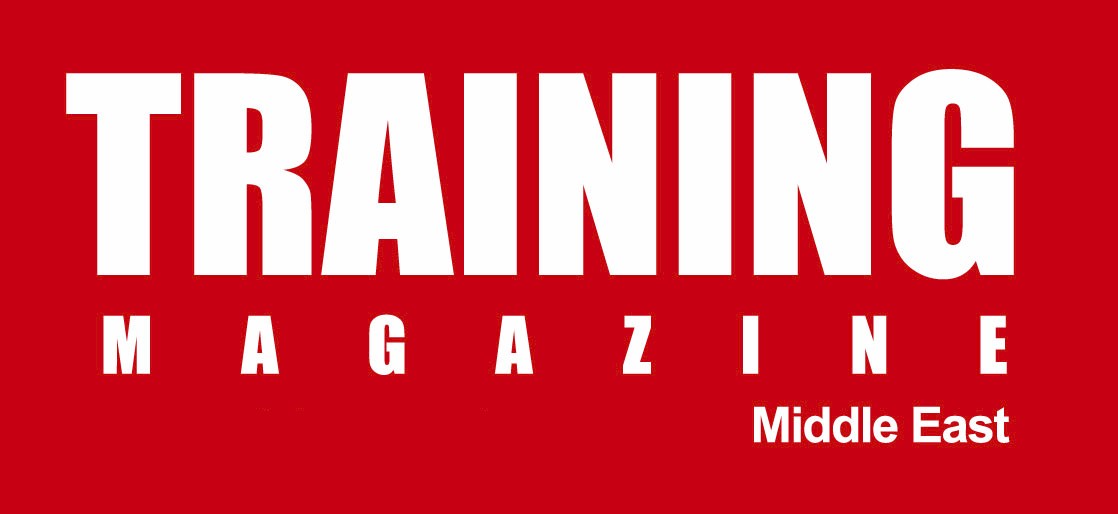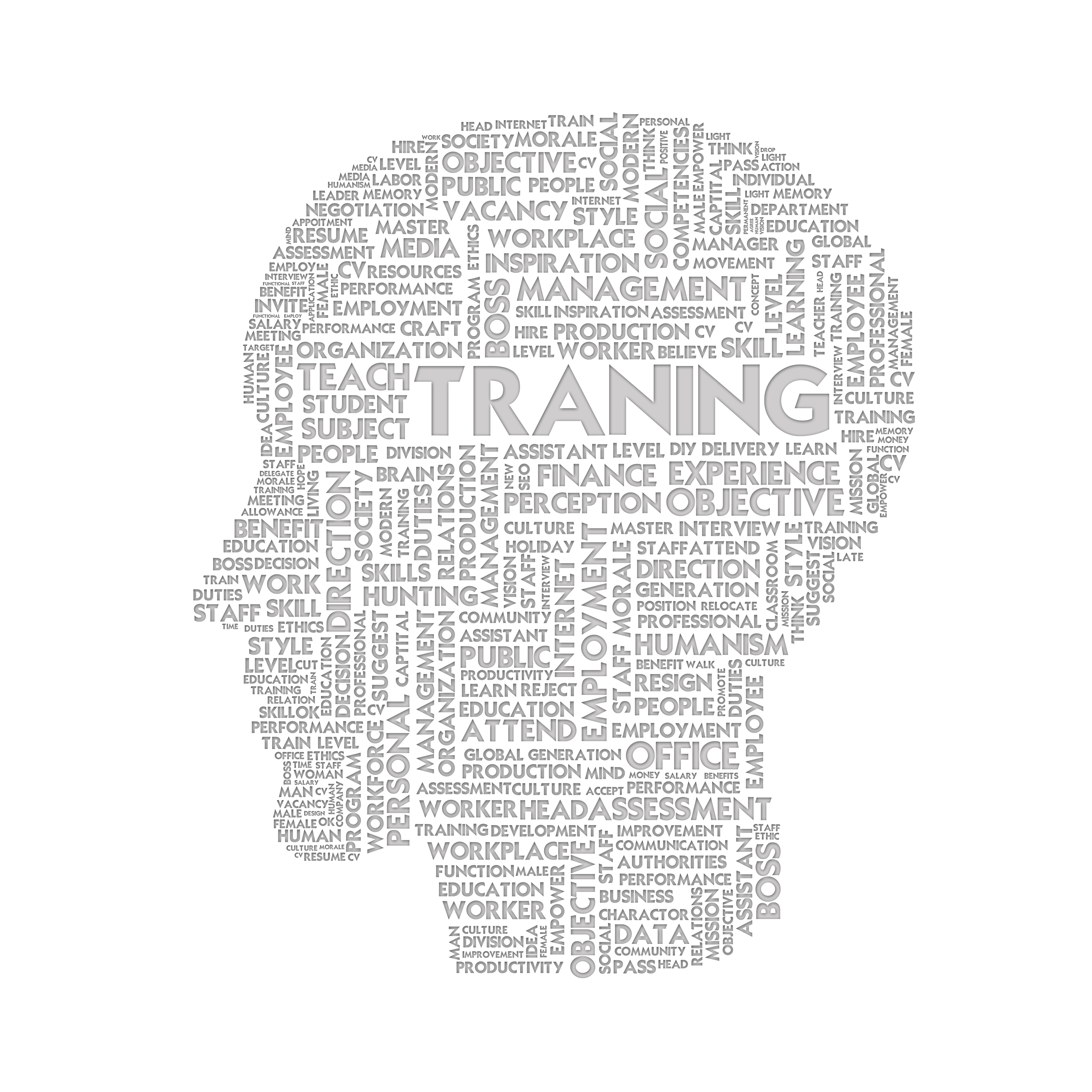Designing a training programme is simple. You have a topic, you have the agenda, you have the duration and you have your models and theories. Just put it all in a power-point presentation and you are good to go, right?
Wrong!
A training programme is NOT a presentation.
Conceptualizing and designing training is like weaving a story. Here’s what you need to do:
- Understand the development need – Start by asking participants and their managers 3 simple questions:
- What is their development need?
- How is it related to their work?
- How will addressing this need make them more effective?
By asking these 3 questions you are making participants, as well as their managers think about the development need and its relevance.
- Break the development need down into sub-topics and decide what you want to convey via each. List the objectives of the programme. Develop a template for the objectives and sub-topics. Share it with all involved stakeholders.
3. List the elements that you want to build into the programme. Some of these could be:
- Activities
- Case-studies
- Role plays
- Videos
- Experience sharing
- Stories
- Group discussions
- Individual exercises
- Assessments/quizzes
- Action plan
4. Always keep in mind that you are dealing with adults. A teaching methodology will not work simply because adults DON’T like to be taught. Adopt an approach which lets the participants ‘discover by experiencing’ what you are trying to teach them. At the same time, be cautious that you don’t make the intervention gimmicky to the extent that it comes across as frivolous.
5. Now get down to the storyboarding. How you will put all the elements together so that the programme has a seamless flow and does not come off as a choppy set of theory and exercises:
- Start with a strong introduction of the topic, yourself and the participants. It’s a good idea to have an interesting story or anecdote at the beginning to capture the participants’ attention.
- Ease into the objectives of the programme and gain agreement at the beginning. (Write these on a flipchart).
- Keep in mind that as adult learners, participants will have past experiences, knowledge, opinions and learning that they’ll bring to the programme. Encourage participants to share these within the context of the programme.
- Include examples and stories from the workplace that resonate with the participants.
- Discuss a concept and make participants experience it via an activity/ video/ case/ role-play etc and then debrief by asking questions about their experience and how the underlying principles are related to their challenges at work.
- Summarize each concept and flag your recap points to review understanding. Use quizzes to make the recap interesting.
6. At the end, always make participants commit to positive change by having an action plan. Ensure that participants write down what will they do differently in regards a work related problem, project, or people issue. Don’t let them write vague statements like ‘I’ll improve my communication’ or ‘I’ll try to remain calm’. Explain to them that these are wish statements. They need to write concrete steps they will take to achieve their objectives.
7. Revisit the programme objectives. Discuss each objective briefly and conclude with a promise of positive change!




